5.4.8 - Arnold for Maya
13 February 2025
MtoA 5.4.8 uses Arnold 7.3.7.0 and is a minor feature release.
Installation
Download Arnold for Maya from your Autodesk Account. See Download Arnold for more information about downloading MtoA from your Autodesk Account.
Follow these installation instructions.
Enhancements
- Improved, more realistic shadows for glass objects: Transparent objects like clear glass now cast shadows. The look of the shadow is controlled by the new transmission_shadow_density parameter on the
openpbr_surfaceand thestandard_surfaceshaders. (ARNOLD-6881, ARNOLD-15863, ARNOLD-15828)
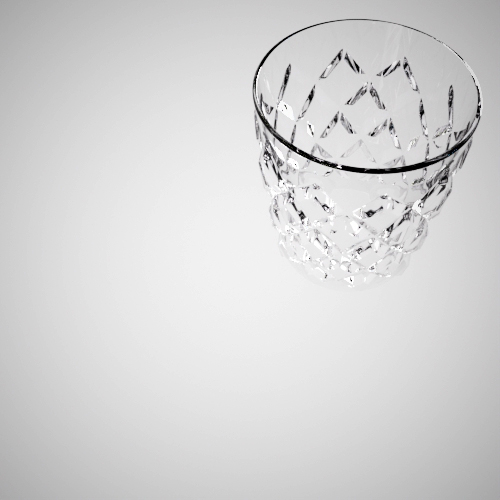 |
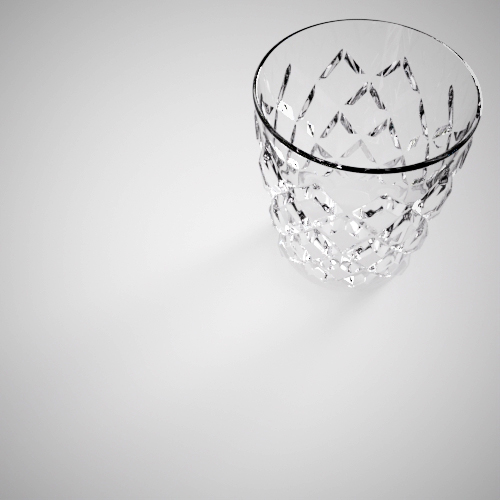 |
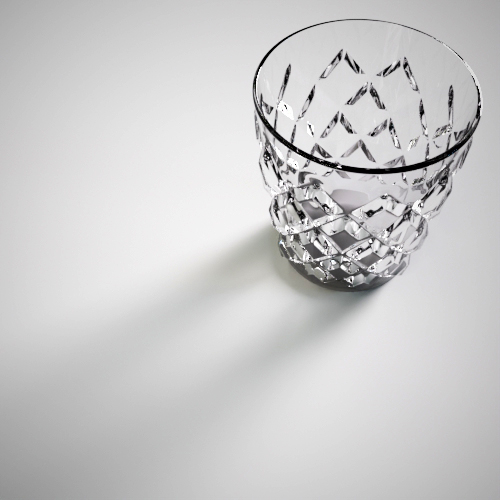 |
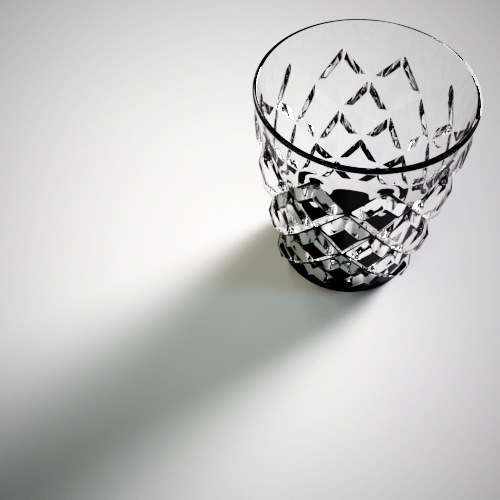 |
| 0 | 0.5 | 0.9 | 1 |
| transmission shadow density = 0 | transmission shadow density = 1 | |
| caustics off | 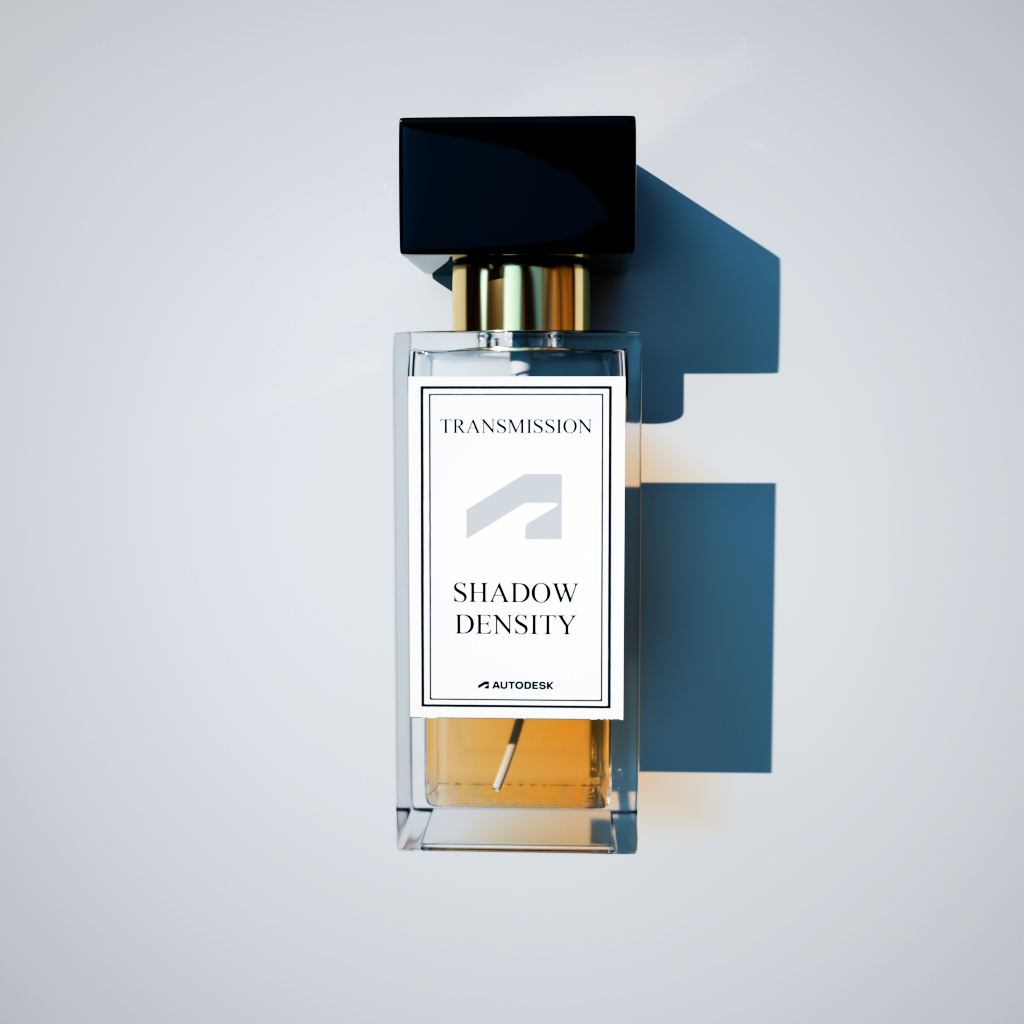 |
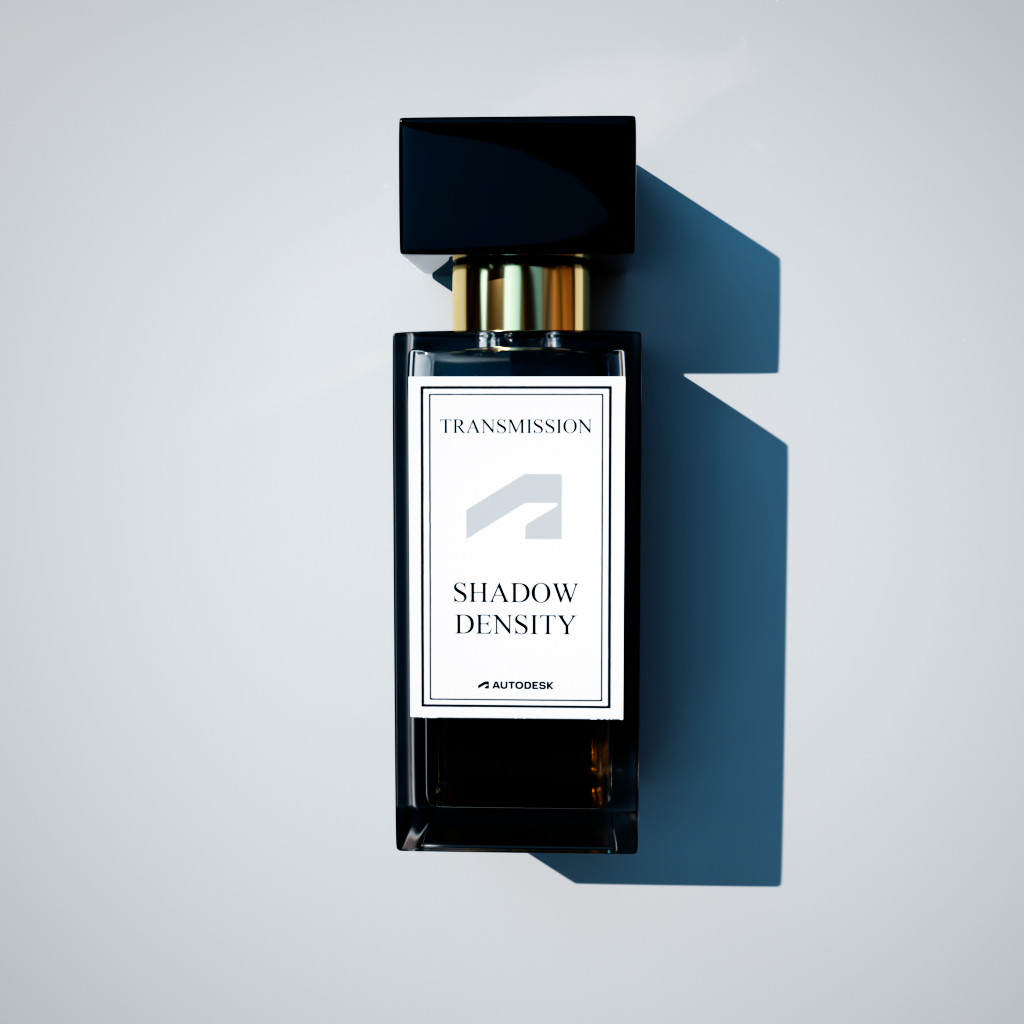 |
| caustics on | 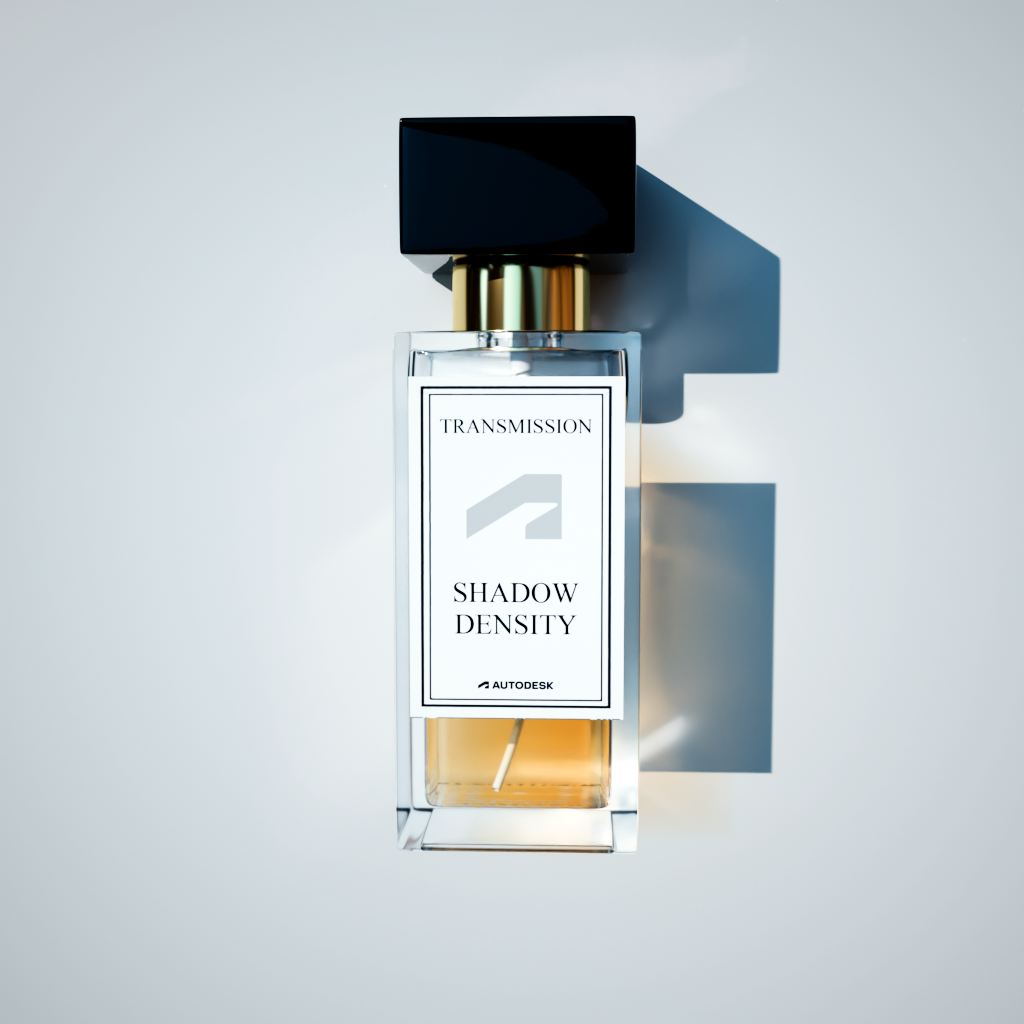 |
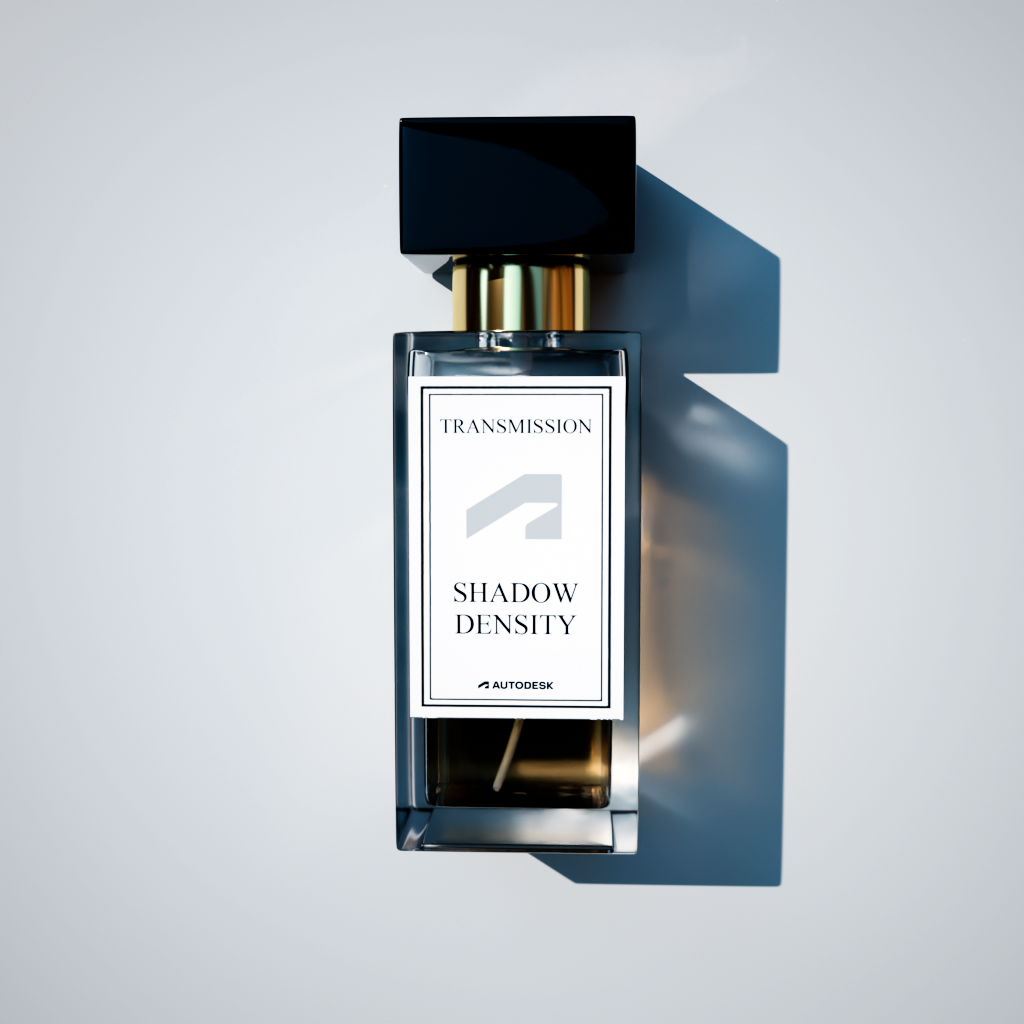 |
- Improved Global Light Sampling (GLS) on glossy materials: GLS now takes material glossiness into account when sampling, which greatly enhances the quality especially when many small lights are present. It causes small slowdowns for fixed AA renders, but for adaptive renders, it brings overall speedups. For example, with adaptive in the robot scene below we achieved 1.7x speedup. This feature can be enabled and disabled using
GLS_glossy_enable. (ARNOLD-15489)
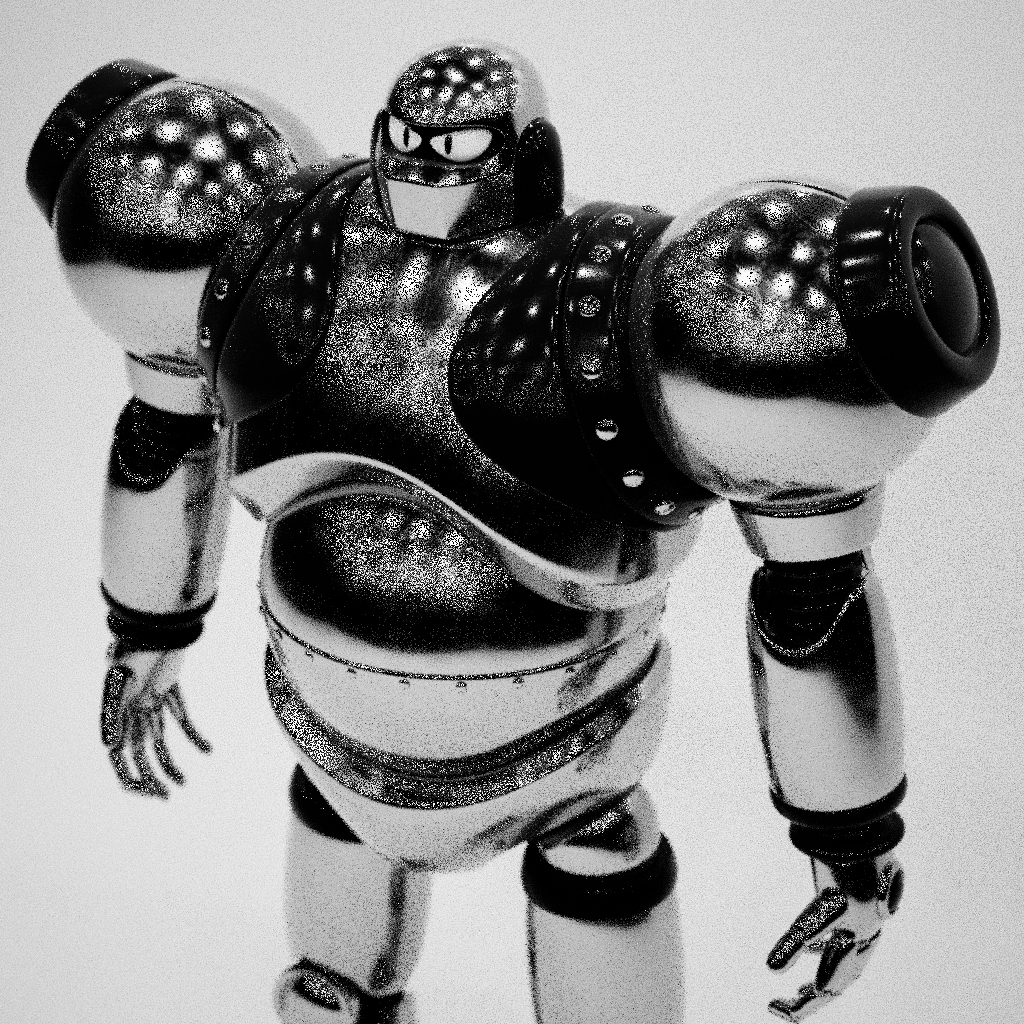 |
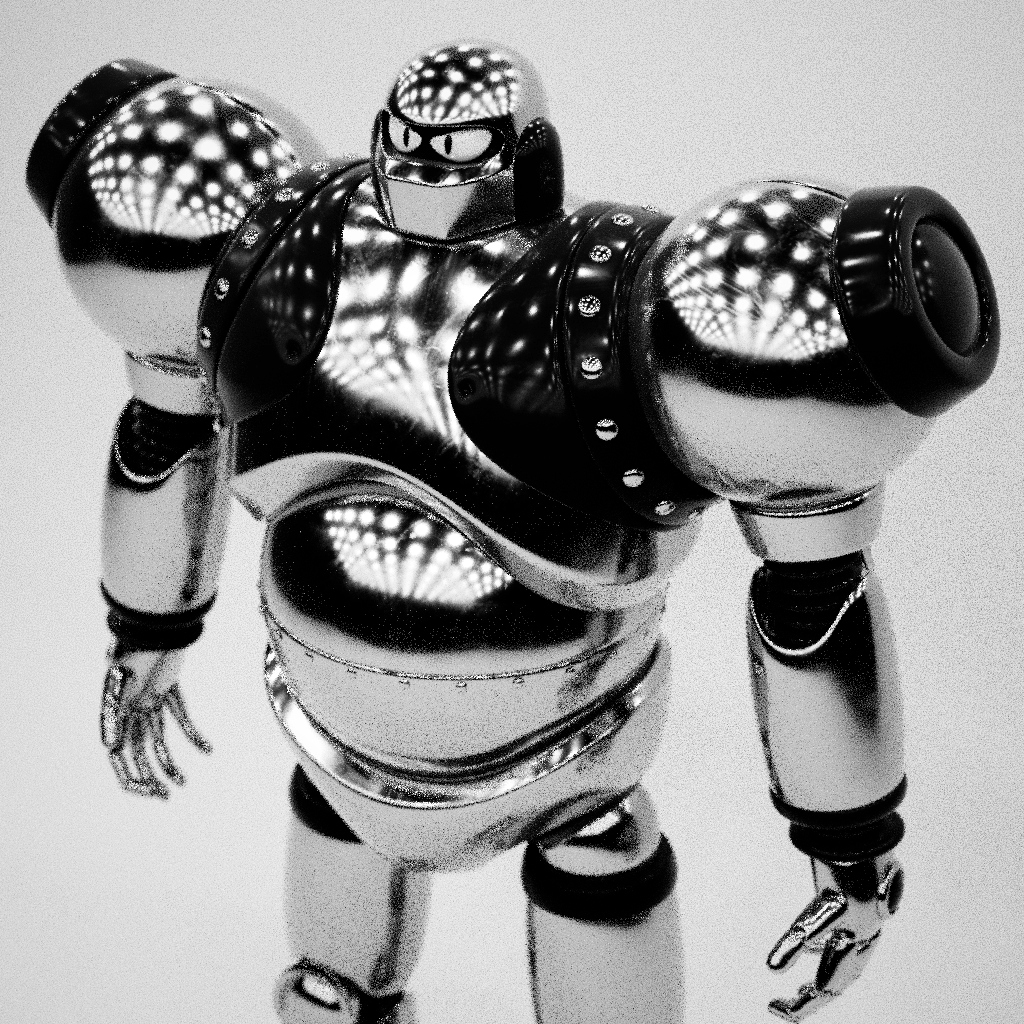 |
| 7.3.5, fixed AA | 7.3.7, fixed AA |
Camera(AA): 2, Specular: 1.
- Create multiple mesh lights from multiple selected meshes : The Create Mesh Light menu command now create a mesh light for each selected mesh (MTOA-2204)
Add logs for Render To Texture : A new option
-loghas been added to thearnoldRenderToTexturecommand and to the UI, to allow users to produce a render log for debugging issues (MTOA-2181)Arnold Render View - Log Viewer : Add tabs for viewing saved logs and loading log files : Tabs have been added to the Log Viewer to allow you to copy from the live log and load log files from disk (ARNOLD-15640)
New Arnold RenderView Icons : Arnold RenderView has had new improved DPI-aware icons (ARNOLD-14264)
New OpenPBR icons : New icons have been added for the aiOpenPBRSurface in the Hypershade, and the Arnold openpbr_surface shader in LookdevX (MTOA-2215)
Match alembic motion keys to the scene :
aiStandinnodes have a newabcUseSceneMotionKeysparameter that sets the number of motion keys for an alembic procedural to the same as the current scene (MTOA-2226)Optimize handling of interactive object visibility changes: Improved detection of visibility changes gives faster scene updates. (ARNOLD-15708)
Update Autodesk Analytics Program: A newer version of the Autodesk Analytics Program (ADP) has been integrated into Arnold. This brings performance and stability improvements. In particular, instead of waiting for five minutes, ADPClientService.exe now quits as soon as Arnold terminates and ADPClientService finishes its processing. (ARNOLD-15396, ARNOLD-12865)
Update CER: The Customer Error Reporting (CER) library is updated to v7.1.3. (ARNOLD-13834)
Update OpenImageIO: OpenImageIO has been updated to v2.6.3.0. (ARNOLD-13742)
USD Enhancements
Arnold parameters in USD nodes are now undoable - Changes to Arnold byte-type attributes such as visibility, sidedness, and subdiv_iterations, in MayaUSD schemas are now undaoable (MTOA-2193)
Better Hydra support: Improved compatibility with recent USD versions and Solaris:
Add more render statistics: The time taken to read the stage is not included in the Arnold render stats. usd#2190
API Additions
Nice name metadata for nodes and parameters - New metadata has been added for setting how a node or parameter name should appear in a UI called
ui.name, currently used foropenpbr_surfaceto be named *"OpenPBR Surface"* in LookdevX and MaterialX node definitions. (ARNOLD-15690)Shared Arrays - The new API function
AiArrayMakeSharedallows you to share a buffer with Arnold instead of copying it to an allocated Arnold AtArray. The owning application cannot modify or delete a shared buffer. Arnold calls the provided callback function passed to AiArrayMakeShared when Arnold is no longer using the buffer. Here is an example that shows a local buffer containing cube points shared with Arnold.
const AtVector vlist[8] = {{-0.25, -0.25, -0.25}, {0.25, -0.25, -0.25},
{0.25, -0.25, 0.25}, {-0.25, -0.25, 0.25},
{-0.25, 0.25, -0.25}, {0.25, 0.25, -0.25},
{0.25, 0.25, 0.25}, {-0.25, 0.25, 0.25}};
AiNodeSetArray(polymesh, USTR::vlist,
AiArrayMakeShared(8, AI_TYPE_VECTOR, &vlist[0]));Bug Fixes
- MTOA-2106 - Converting aiStandardSurface or standardSurface to aiOpenPBR via Arnold menu did not remove the original shader
- MTOA-1929 - Arnold Render View switches from USD camera on full update or changing to or from GPU
- MTOA-2194 - Viewport renders not starting when using UFE cameras
- ARNOLD-7549 - PNG textures with partial alpha render too dark
- ARNOLD-15704 - Long UFE camera paths creating very long ARV camera selector menu bar.
- ARNOLD-15543 - Gamma icon in Render View doesn't scale with DPI
- ARNOLD-15082 - Isolate select icon is covering information in the ARV status bar
- ARNOLD-15556 - clip_geo not fully working with instances of procedurals
- ARNOLD-15828 - [GPU] Shadow artifacts with transmission or opacity
- ARNOLD-15901 - Random crash when updating instancers
- usd#2159 - User data errors with deformed meshes and subdivision
- usd#2168 - Updated code calling SamplePrimvar following the changes in USD 24.08 affecting motion blur.
- usd#2187 - Cannot override output image with Arnold product types
System Requirements
- Maya 2023, 2024, or 2025
- Windows 10 or later, with the Visual Studio 2019 redistributable.
- Linux with at least glibc 2.17 and libstdc++ 4.8.5 (gcc 4.8.5). This is equivalent to RHEL/CentOS 7.
- x86-64 CPUs need to support the SSE4.1 instruction set.
- macOS 10.13 or later, macOS 11 and later for Maya 2024
- Apple Mac models with M series chips:
- Natively supported by Arnold for Maya 2024
- Supported under Rosetta 2 mode for older versions of Maya
- GPU rendering and Optix denoising work on Windows and Linux only, and require an NVIDIA GPU with the Maxwell architecture or later.
- On Linux, we recommend 560.35.03 or higher drivers.
- On Windows, we recommend 560.76 or higher drivers.
- Intel OIDN GPU support is limited to:
- Apple native CPUs (M1 and newer)
- Intel Xe dedicated and integrated GPUs
- NVIDIA GPUs using Turing or newer architectures
- AMD GPUs with RDNA2 (Navi 21 only) and RDNA3 (Navi 3x) architectures
